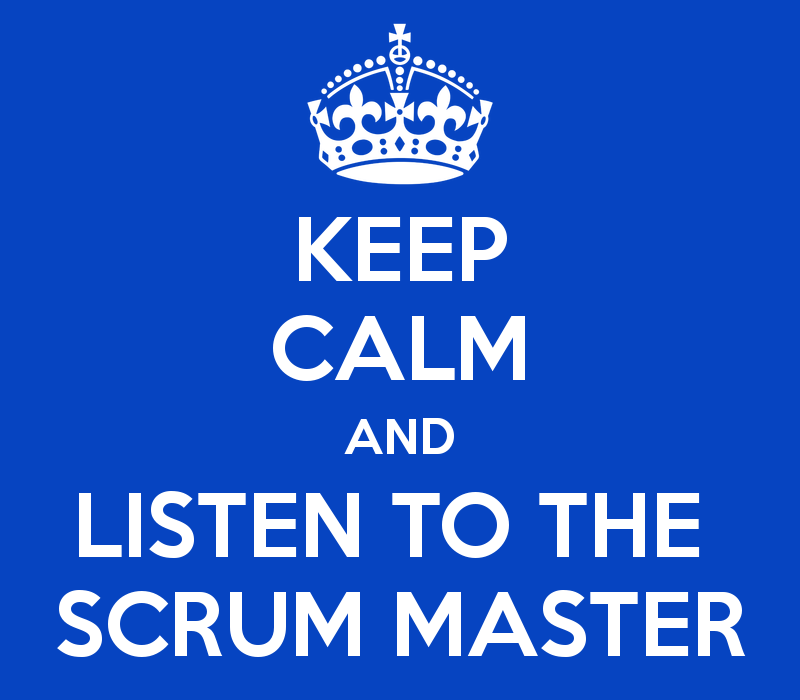How to Run an Effective Scrum with a REMOTE Team
26 Aug 2015
Scrums are a great way to format team meetings as they help ensure that everyone is laser-focused (especially if they are ‘tech-free’), meeting Spring goals, and increasing the efficiency of meetings in terms of results. Converting that success with meetings that involve remote teams however is more difficult. It takes specific planning, targeted technology and items to focus on.
Why include a remote team in your daily Scrum
Many managers are reticent about having remote workers and remote teams participate in daily scrums due to the challenges it creates—especially geographical and technical ones. Thanks to advances in modern technology however, like Agenday, MeetingMogul or Do.com, you can now have remote workers easily connect through conference calling.
When you effectively engage with the appropriate conference technology, you’ll find that remote workers become more in-tune with the operations of the office…and vice versa. Remote workers and remote teams will also feel more like a member of a team, which is critical for the retention of well-trained workers.
How to successfully Scrum with a Remote Team
So you’re going to include your remote workers and teams in your scrum? Great! Here’s a brief overview of how to effectively bring the remote team into the fold. Continue reading for our top remote-team scrum tips:
Set a time and agenda for each daily scrum meeting—and be sure to send the invite out to your remote team in advance. Make sure they all set notifications in their conference call app to remind them to be at the scrum on time.
- Ensure that your remote team has downloaded the appropriate technology (video chat for at-home participants ideally, and MeetingMogul or other similar conference call apps for on-the-road workers). In addition to downloading, ensure they already know how to use it.
- If on the off chance you’re running late for the call or won’t be able to join, make sure to let your colleagues know ahead of time. With apps like MeetingMogul and Agenday you can do that pretty easily by sending a text or email to all meeting attendees with one tap. MeetingMogul even let’s call one of your fellow meeting participants directly with one touch, to let them know
- Create an agenda for the meeting so you can utilize the call time more effectively. Remote teams can use apps like MeetingMogul to collaboratively create agenda items in real time and instantly share them with all meeting participants.
- Mark specific items for follow up and schedule breakout sessions after the scrum has finished. With MeetingMogul for example, you can take collaborative meeting notes in real time and share them with all attendees with one tap. Mobile workers on the other hand can use the app’s one tap voice recording features to take voice notes right after the call in case they are driving or commuting.

To help you translate your in-person scrum success to a remote team here’s our top tips:
1. Get your technology right—before scrumming
Select your conference call app or technology long before you begin adding remote workers to your scrum, and then test it out… more than once. In addition to at-home remote workers you’ll also need to consider mobile workers who may be on their way to a sales meeting or job site. The MeetingMogul conference calling app is a reliable option for remote workers on the road as it offers single-touch conference call app connection and single-touch voice notes.
2. Have EVERYONE stand up
The idea of having everyone stand up in the “daily stand-up” works. It not only gets the blood circulating, it also encourages quick scrums. And a quick scrum will stay on topic and likely be more effective. Include your remote workers and teams in the morning standup to increase their level of inclusion. If your remote team members are on video chat you can make a visual confirmation that they’re on their feet.
3. Don’t wait
If someone is late—be it an in-office or remote worker—don’t wait for them. This wastes time and the point of the daily scrum is to be super focused, quick and efficient.
4. Do it daily
Scrums are effective because they are quick, on-point and daily. Since scrums should be 15 or less (depending on the number of participants) hosting them daily isn’t a chore like standard ‘morning meetings’.
5. The one-person rule
Only one person should ever be speaking at one time in a scrum—but make sure that your remote workers still have a voice. Listening to a scrum isn’t as motivating as being in one.
6. Stay on topic
With remote workers you may find that their lack of colleague connection encourages them to stray off topic. If they do, encourage your staff to yell “rat hole”, to put the person back on track. Should someone be on topic but the discussion becomes run on, encourage people to yell “parking lot” (and then make a note for a follow up or breakout meeting).
7. Encourage a Remote Scrum Master
Remote scrum masters can be extremely effective as the rest of the team aren’t staring at the SM speaking (and when that happens the SM should step away from the circle). It can help encourage remote participation while keeping the in-person scrummers focused on each other and not the scrum master.
Software for remote-only scrums
If you will be running a remote-only scrum without the inclusion of in-person office teams, you’ll need to select the proper software. Your software will (ideally) need to do the following:
? Easy scheduling with reminder notifications
? Audio teleconferencing (video is better)
? Audio recording
? Ability to pass meeting control to another participant
? Collaborative agenda and notes creation
? Instant sharing of meeting notes and agendas
? One tap to alert meeting participants - via email, text or call
? Screen sharing
Software like Agenday, MeetingMogul or Do.com will help you have a successful remote and/or mobile scrum, by offering features like the above.


